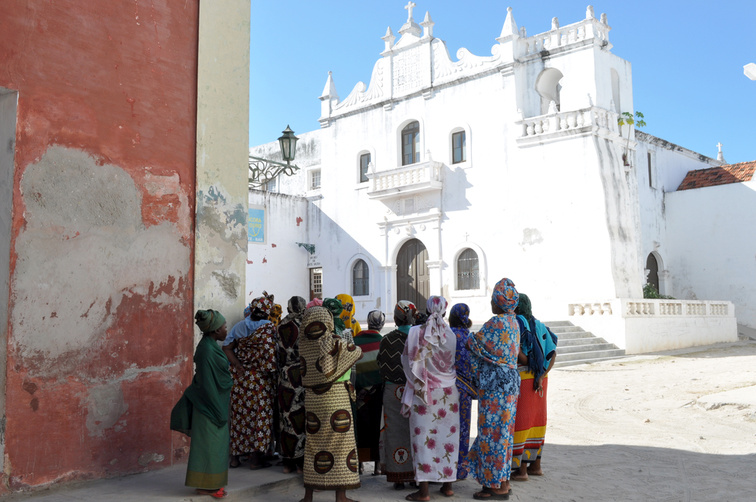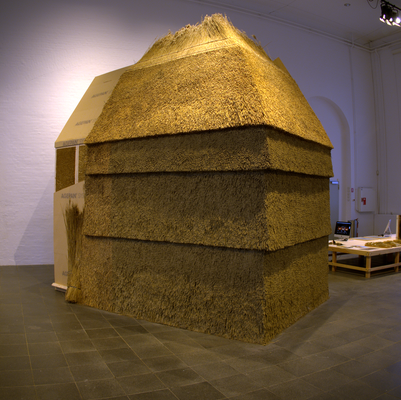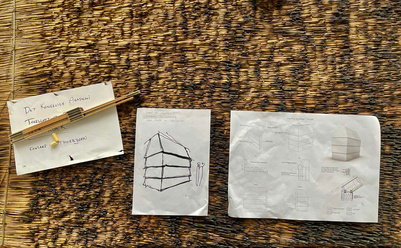New PhD thesis shows that urban development and cultural heritage are not mutually exclusive
Ilha de Mozambique. The small island off the northern coast of Mozambique is now a UNESCO World Heritage Site. Many of the population live in slum districts and want better housing and living conditions. But how do you tackle urban development in heritage sites?

In her PhD thesis, 'The Macuti House in Ilha de Mozambique: Transformation of the other side of a World Heritage site', the architect, Silje Erøy Sollien highlights a current African issue. UNESCO declared Ilha de Mozambique a World Heritage site because the island has been an important trading centre with traces of Arab, Indian, European and African incomers and settlers. But what does that mean in terms of developing urban areas (including the poor slum areas) architecturally etc. in line with economic growth, higher living standards and increasing demands for better housing and infrastructure?
Silje Erøy Sollien's thesis from the Royal Danish Academy of Fine Arts, School of Architecture follows in the wake of a Danish research project on Ilha de Mozambique, which dates back to the 1980s and which formed the basis for the World Heritage declaration.


Facts
About the PhD Defense
The defence took place on 27 November 2014 at 1.00 pm.
Auditorium 6, Danneskiold-Samsøes Allé 53, DK-1435 Copenhagen K.
The defence was open to the public.
The thesis is the result of a PhD study financed by the Danish Council for Independent Research and completed at the Institute of Architecture, Urbanism and Landscape of the Royal Danish Academy of Fine Arts, School of Architecture.











